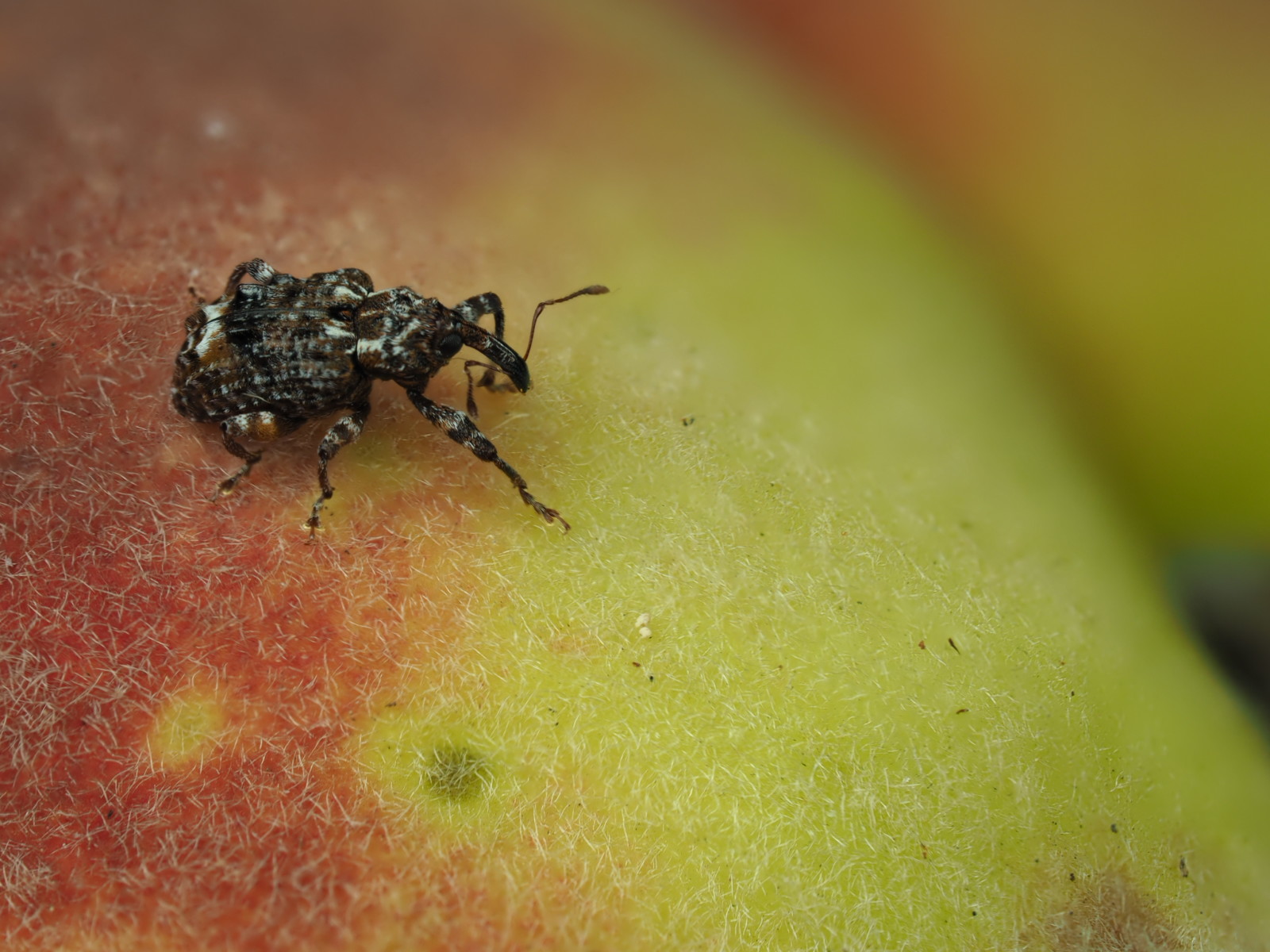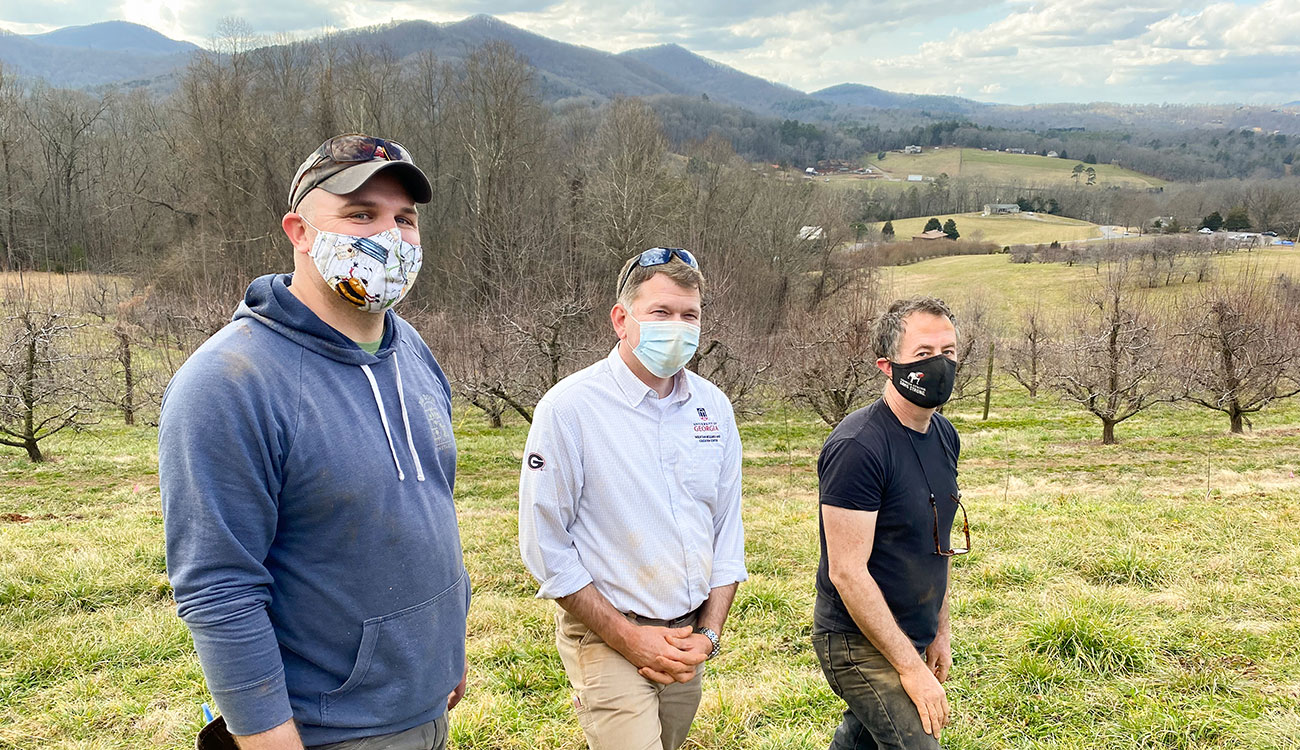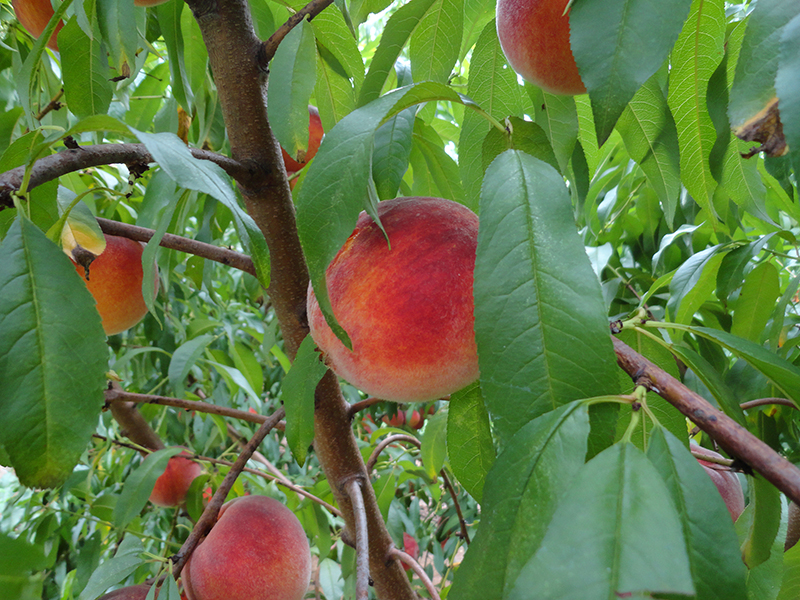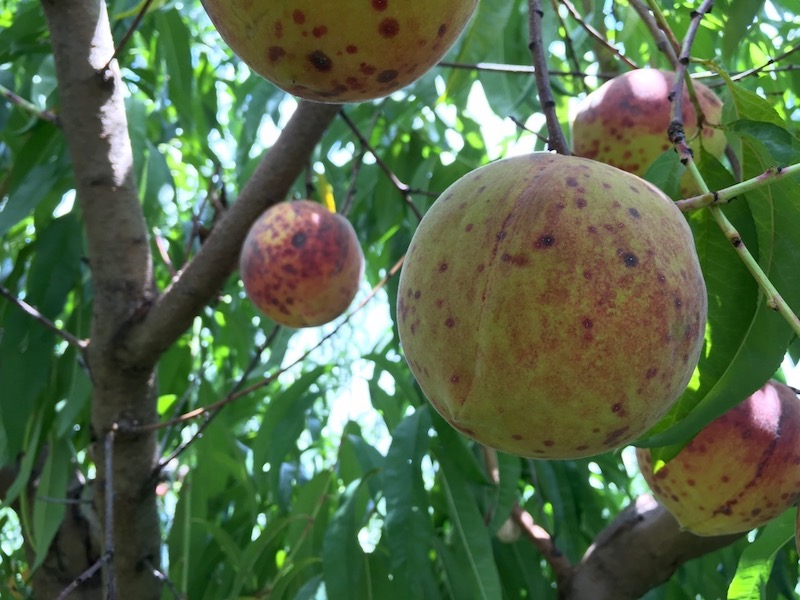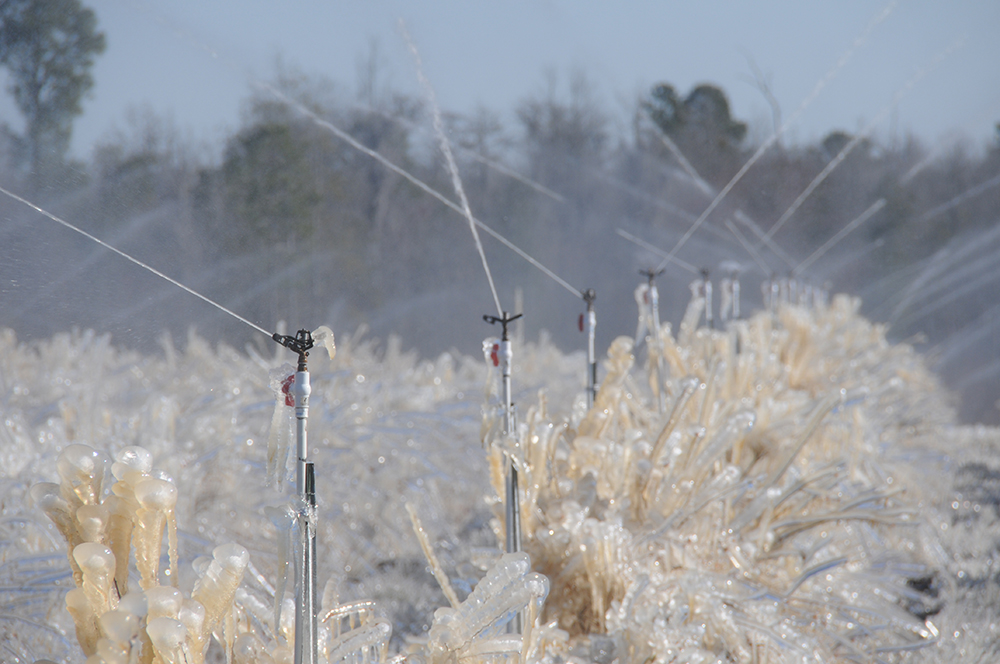Having a great home fruit orchard is getting easier all the time. University of Georgia scientists say new varieties make even south Georgia home gardeners able to grow peaches, nectarines, pears, plums and even apples.
The U.S. Department of Agriculture designates two hardiness zones (8a and 8b) -- areas with similar climates -- south of a line running through Columbus, Macon and Augusta.
Breeders produce varieties that are hardy in specific zones. Many varieties have thrived for years above Zone 8. And experts say the number of fruit trees below that Columbus-to-Augusta line is growing.
"Wherever you live, if you can't provide timely care for your fruit plants, select more forgiving plants that require little care," said Gerard Krewer, a horticulturist with the UGA College of Agricultural and Environmental Sciences.
Choosing the variety to plant requires more than knowing its hardiness. Consider pollination, fruit production and how much care the tree requires, too, Krewer said.
Be sure you know if the variety can self-pollinate or needs cross-pollination to produce fruit. This differs for varieties of even the same type of fruit. Most apples and plums require cross-pollination. Pears vary by fruit variety, and peaches are self-pollinating.
Once you've carefully selected varieties that will produce well where you live, then select a place to plant them.
The specific planting site can make the difference between baskets of fruit and just another shade tree. Sunlight, and plenty of it, is the key.
Pick a site where the tree will be in the sun at least half the day. Morning sun is best because it dries the dew quickly. The less time the tree is wet, the less likely disease will damage it.
Then soil-test that site for the pH.
Plow or spade the soil thoroughly to prepare it for planting. Mix in any required lime as you prepare the soil. Dig a hole large enough so the roots won't be cramped or bent from their natural position.
Never fertilize a fruit tree during planting.
When you buy your fruit trees, look for undamaged trunks and good root systems. Krewer said a small tree with a good root system is better than a large tree with few roots.
"You get what you pay for when you buy fruit trees," Krewer said. "Bargain plants may not be healthy or well-adapted to your area."
Once you've prepared, selected and planted your trees, keep the area around them weed-free. Weeds take water and nutrients away from the young trees, threatening their survival.
Don't use mowers or weed trimmers near the trunks. Open wounds in the bark provide pathways for disease-causing organisms.
Pruning and training fruit trees into their typical shapes take time, but the rewards are great. Without proper pruning, the trees can't support the weight of the fruit they produce.
Peach and plum trees respond well when pruned to an "open center" shape that looks like an umbrella blown inside out. Apple trees do best in the "central leader" system, with one strong center trunk and branches that radiate out.
Fruit trees are susceptible to many insects and diseases that can decrease fruit production or damage the tree.
"You have to plan and carry out a rigid pesticide spray schedule to really control insects and diseases in home apple, peach and plum orchards," Krewer said.
Pears require less attention. Krewer suggests Oriental persimmons and hybrid pears as good choices for low-spray orchards.
Your county extension agent can tell you more about growing fruits in a home orchard. The UGA Extension website has links to publications with information on just about any other gardening, farming or home topic.


